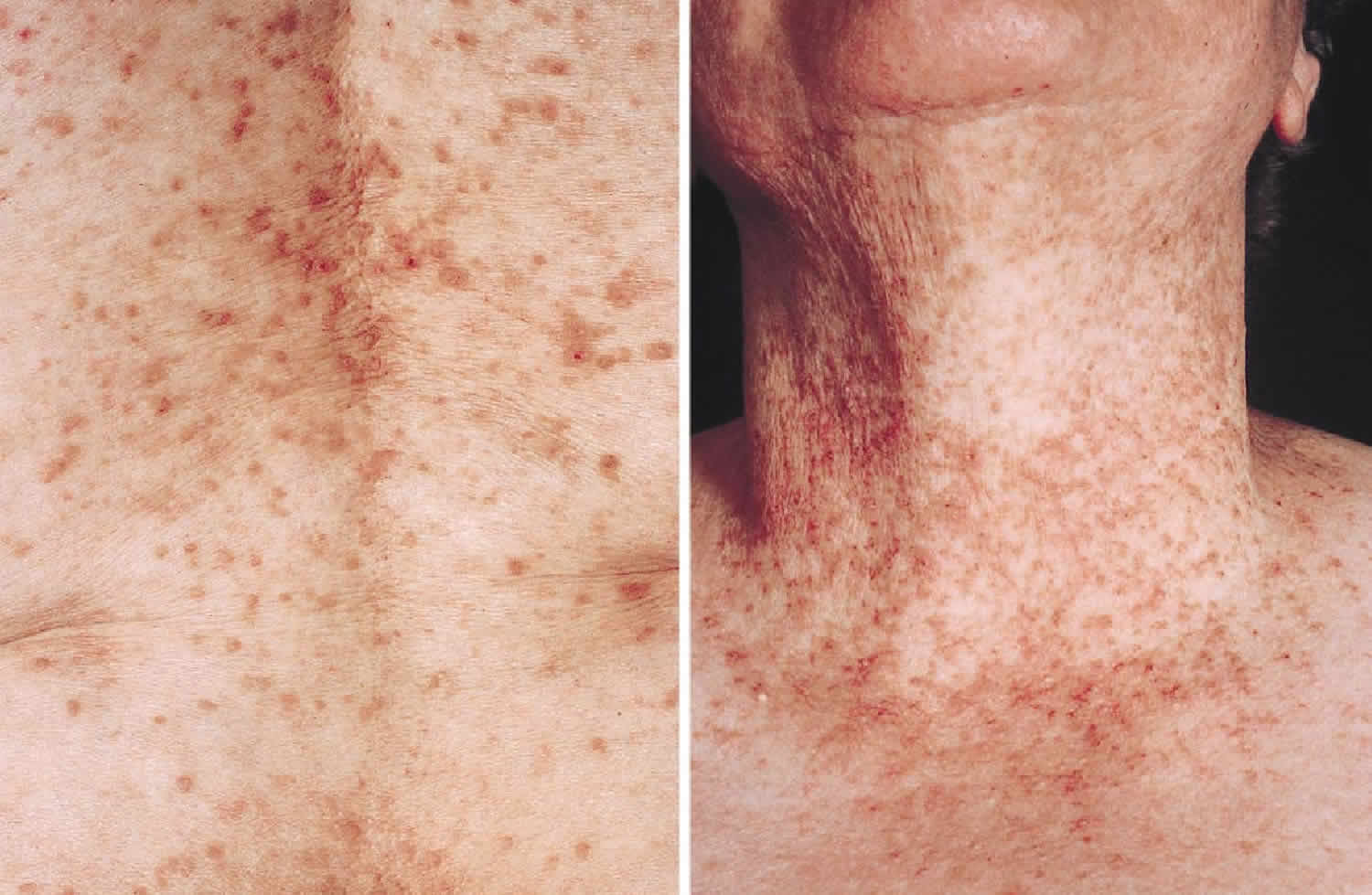Understanding Darier's Disease: Diagnosis, Management, And Current Research

Understanding Darier's Disease: Diagnosis, Management, And Current Research. Discover more detailed and exciting information on our website. Click the link below to start your adventure: Visit Best Website. Don't miss out!
Table of Contents
Understanding Darier's Disease: Diagnosis, Management, and Current Research
Darier's disease, also known as keratosis follicularis, is a rare genetic skin disorder affecting approximately 1 in 100,000 people globally. Characterized by distinctive skin lesions, this condition can significantly impact a person's quality of life. This article provides a comprehensive overview of Darier's disease, covering its diagnosis, management strategies, and the latest advancements in research.
What is Darier's Disease?
Darier's disease is caused by a mutation in the ATP2A2 gene, responsible for calcium transportation within skin cells. This genetic defect leads to abnormal keratinocyte differentiation and adhesion, resulting in the characteristic features of the disease. These features often present during adolescence or early adulthood and include:
- Widespread, greasy, foul-smelling papules: These appear primarily on the face, scalp, chest, back, and upper arms. The lesions are often described as warty or crusted.
- Hyperkeratosis: Thickening of the outer layer of the skin.
- Follicular hyperkeratosis: Plugging of hair follicles.
- Nail abnormalities: Brittle, ridged, or discolored nails are common.
- Palmoplantar keratoderma: Thickening of the skin on the palms and soles of the feet.
Diagnosing Darier's Disease:
Diagnosis typically involves a thorough clinical examination by a dermatologist. The characteristic skin lesions are often sufficient for a preliminary diagnosis. However, confirmation usually requires:
- Skin biopsy: A small skin sample is examined under a microscope to reveal the distinctive histological features of Darier's disease.
- Genetic testing: This confirms the presence of a mutation in the ATP2A2 gene, providing definitive diagnosis.
Managing Darier's Disease:
Unfortunately, there is no cure for Darier's disease. Management focuses on minimizing symptoms and improving the patient's quality of life. Treatment options include:
- Topical treatments: Retinoids, topical corticosteroids, and keratolytics help reduce scaling and inflammation.
- Oral medications: Antibiotics (e.g., tetracycline) can be used to control secondary bacterial infections, often associated with the lesions. Other medications like isotretinoin might be considered in severe cases.
- Light therapy: Phototherapy, particularly ultraviolet B (UVB) light therapy, can improve the appearance of the skin lesions.
- Lifestyle modifications: Maintaining good hygiene, avoiding sun exposure, and wearing protective clothing can help manage symptoms.
Current Research and Future Directions in Darier's Disease Treatment
Research into Darier's disease is ongoing, exploring novel therapeutic approaches. Scientists are actively investigating:
- Gene therapy: This promising area focuses on correcting the genetic defect responsible for the disease.
- New topical treatments: Researchers are exploring more effective topical agents with fewer side effects.
- Targeted therapies: Developing medications that specifically target the molecular mechanisms underlying Darier's disease.
Living with Darier's Disease:
While Darier's disease is a chronic condition, effective management can significantly improve a person's quality of life. Support groups and online communities offer valuable resources and peer support for individuals and families affected by this condition. Open communication with your dermatologist is crucial for developing a personalized management plan.
Keywords: Darier's disease, keratosis follicularis, ATP2A2 gene, skin disorder, genetic skin disease, diagnosis, treatment, management, research, skin lesions, hyperkeratosis, phototherapy, gene therapy, topical treatments, dermatology
Call to Action: If you suspect you may have Darier's disease, consult a dermatologist for proper diagnosis and treatment. Early intervention can help manage symptoms and improve your quality of life.

Thank you for visiting our website wich cover about Understanding Darier's Disease: Diagnosis, Management, And Current Research. We hope the information provided has been useful to you. Feel free to contact us if you have any questions or need further assistance. See you next time and dont miss to bookmark.
Featured Posts
-
 Sustainable Waste Solutions Mycocycles Tire And Construction Waste Upcycling
Feb 05, 2025
Sustainable Waste Solutions Mycocycles Tire And Construction Waste Upcycling
Feb 05, 2025 -
 Understanding Steel 43 Vodka Ingredients Origin And Popularity
Feb 05, 2025
Understanding Steel 43 Vodka Ingredients Origin And Popularity
Feb 05, 2025 -
 Impact Of Head Injury On Martha Mac Callums Career And Health
Feb 05, 2025
Impact Of Head Injury On Martha Mac Callums Career And Health
Feb 05, 2025 -
 Tir A La Gare D Austerlitz L Homme Blesse Details De L Incident
Feb 05, 2025
Tir A La Gare D Austerlitz L Homme Blesse Details De L Incident
Feb 05, 2025 -
 Is Dietilpropione Right For You Exploring Alternatives And Considerations
Feb 05, 2025
Is Dietilpropione Right For You Exploring Alternatives And Considerations
Feb 05, 2025
Latest Posts
-
 Used Cars In Fargo Craigslist Listings And Pricing
Feb 05, 2025
Used Cars In Fargo Craigslist Listings And Pricing
Feb 05, 2025 -
 Successions Shiv Roy Analyzing Her Moral Compass And Choices
Feb 05, 2025
Successions Shiv Roy Analyzing Her Moral Compass And Choices
Feb 05, 2025 -
 Understanding Turmeric And Dogs Health Benefits Risks And Safe Use
Feb 05, 2025
Understanding Turmeric And Dogs Health Benefits Risks And Safe Use
Feb 05, 2025 -
 What Time Is It In Boston Right Now A Quick Guide To Boston Time
Feb 05, 2025
What Time Is It In Boston Right Now A Quick Guide To Boston Time
Feb 05, 2025 -
 Court Appearance For Man Charged In Fentanyl Death Case
Feb 05, 2025
Court Appearance For Man Charged In Fentanyl Death Case
Feb 05, 2025
